
Lengths of Sheets and Halyards
by Diego Sosa, Upffront 8 Aug 2018 16:00 HKT
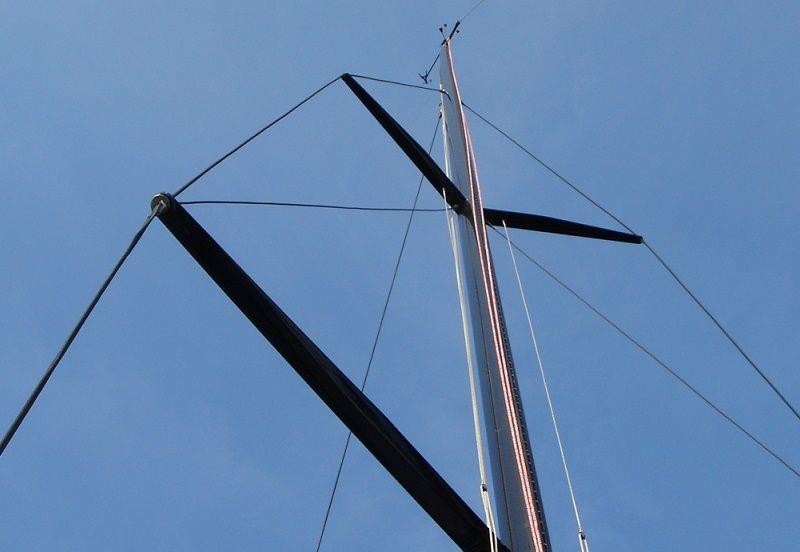
Why is it imperative to have the correct lengths for sheets and halyards? © upffront.com
We have previously discussed taking care of ropes, but, how long should these ropes even be? As previously mentioned, ropes are an essential element of your rigging system, and optimising your running rigging lengths is important.
Why is it imperative to have the correct lengths for sheets and halyards?
Obviously, too short a sheet or halyard does not get you anywhere. A rope that is too long increases the chances of getting tangled, adds to the overall weight of the boat and it's just a waste of money!
Length Calculations and Formulas
You have chafed through a sheet / halyard, on your holiday, and need an emergency replacement shipped to you. How long should your new line be?
Standard sail-maker I.J.P.E. dimensions are usually the most commonly available data to work from. The following diagrams and formulas will then help calculate the most appropriate length for your ropes.
Don't worry, this isn't complicated maths, or rocket science. However, please do bear in mind that these are measured in metres, thus all rope lengths (results) are defined as such.
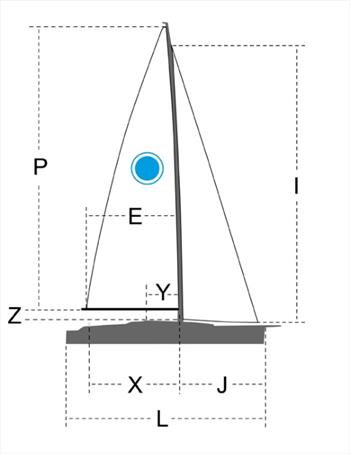 |
P: Mainsail hoist length
E: Mainsail foot length [Image 1]
I: Height of the forestay above deck
J: Length from mast to forestay
Y: Distance from halyard winch to mast
X: Distance from genoa winch to mast
Z: Height of boom above deck
L: Boat length
|
Ig: Height of Inner Forestay above deck
Py: Mizzen hoist length
Ey: Mizzen foot length
|
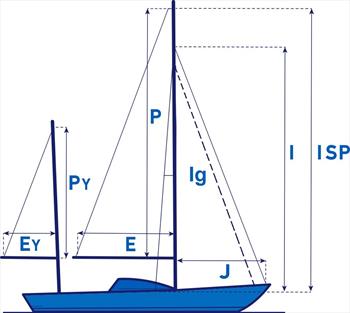
© North Sails |
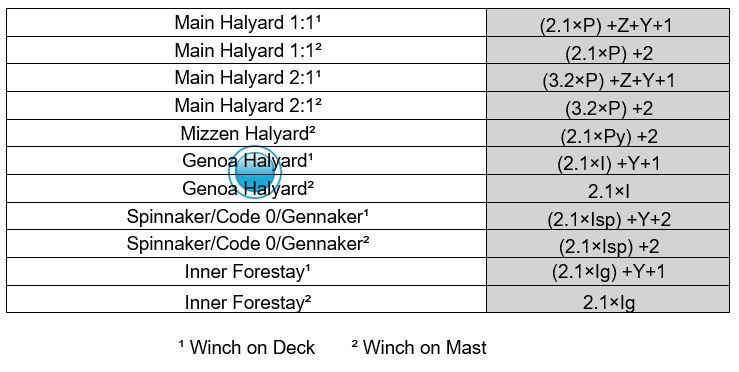
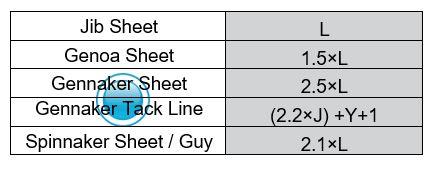

Example
|
IJPE Formula applied to Beneteau First 40 (source: Sailboatdata.com)
L= 12.24m
I= 16.05m
P= 15.57m
J= 4.60m
E= 5.39m
Main Halyard 1:1 (winch on mast) = 2.1 × P + 2
Therefore = 2.1 x 15.57 + 2
Main Halyard Rope Length = 34.70m
Gennaker Sheet = 2.5 x L
Therefore = 2.5 x 12.24
Gennaker Sheet Rope Length = 30.6m
|

© Sailboatdata.com |
Safety Margin
Most of these formulae add an extra one or two metres, which translates to a little more 'extra rope' as a 'safety margin'.
Conclusion
Rigging systems must have accurately measured and cut ropes to function properly. This then enables sheets to control and halyards to hoist sails efficiently. A general rule of thumb to calculating the length of halyards is to use the 'vertical' P / I measurements (height of the mast), while calculating the length of sheets then uses the 'horizontal' E / J, plus overall boat length.
To learn more about running rigging, check out our free guide at upffront.com